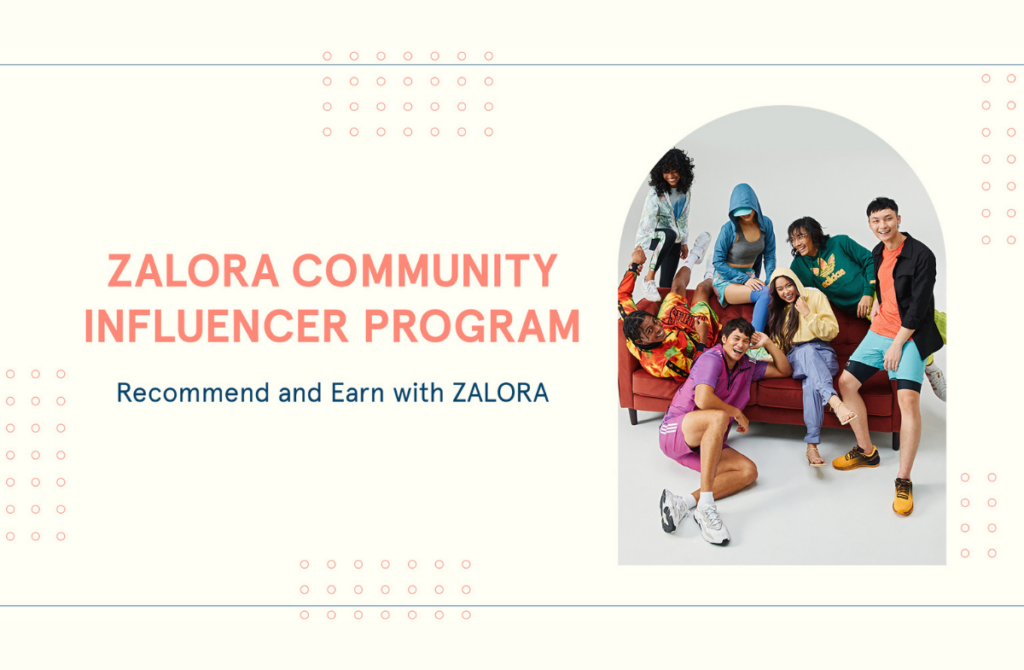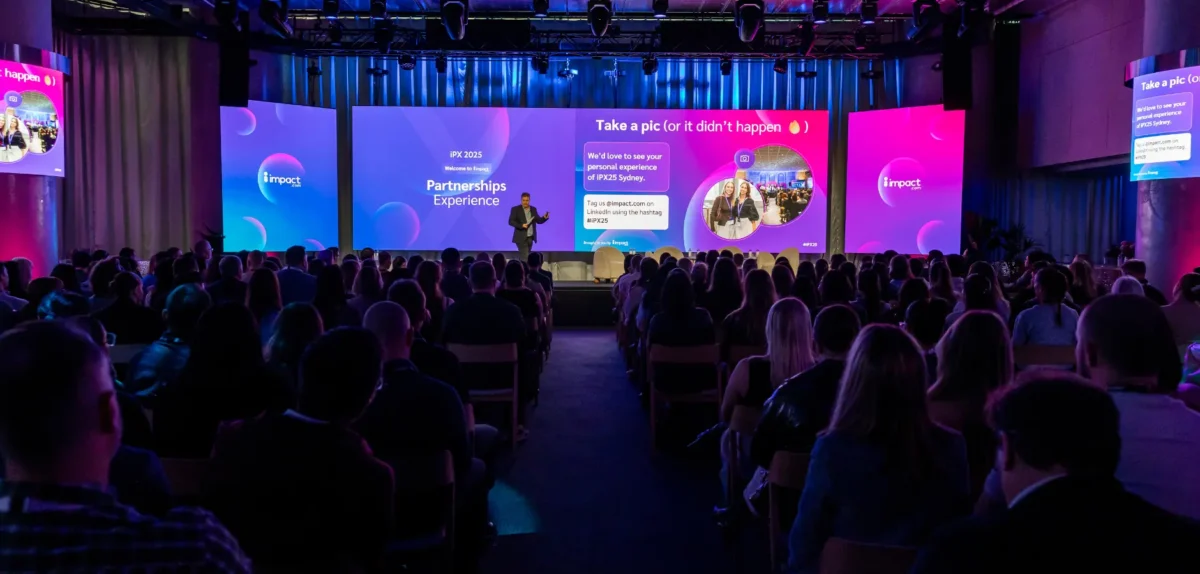Both consumers and retailers have had enough of ads. Digital advertising is becoming a less cost-effective mode of customer acquisition as already inflated costs per acquisition (CPA) continue to rise and performance sinks. Events such as recent privacy shifts at Apple, for example, caused the average cost of conversion for ecommerce marketers to surge 200 percent for tracked users and 155 percent for non-tracked users during a six-month period.
Because ads have become so intrusive and Asian consumers have so many alternative channels to turn to for information or to make buying decisions, retailers must look elsewhere to engage and acquire new customers.
To see where companies are finding success, you need only look at fast-growing brands like the leading sports retailer, Decathlon Singapore. The brand saw its affiliates and partnerships drive 50 percent of new customer acquisition in eight months, with a quarter-over-quarter (QoQ) revenue growth rate of 156 percent.
In fact, many retailers in the region have successfully reoriented their growth strategies toward affiliate marketing and partnerships. In April, online fashion destination ZALORA partnered with H&M in a brand-to-brand (B2B) partnership that will bring ZALORA apparel to H&M’s 400 million consumers across channels in Southeast Asia.
ZALORA has also established an open and inclusive influencer partnership model that has attracted more than 2,000 content creators to its program. The brand doesn’t require its partners to have a minimum number of followers or posts per month to join, and this year it adopted a new commission-based model that invites even more crowd participation. Recommendations that lead to sales earn the influencer up to 15 percent commission in cash back or up to 10 percent in cash. ZALORA’s new influencer program is powered by the partnership management platform, impact.com.

Image from ZALORA
Similarly, the fashion brand Love, Bonito saw 20 percent of total new orders coming from affiliate partnerships just a year after launching its program. The company works to drive growth with its diverse partners, ranging from content creators and influencers to fellow brands.
With full partnership life cycle technology now available for scalability, a broad array of partnership types to explore, and so many successful models to emulate, affiliate marketing and partnerships are a path every retailer in Asia can pursue right now to achieve sustainable, cost-effective customer acquisition. Here’s why.
Four reasons to consider affiliate marketing and partnerships
- Low risk, great rewards: As a pay-for-performance channel, affiliate marketing and partnerships keep risk to a minimum and have a track record of great returns. A 2019 Forrester report revealed that brands with mature affiliate and partnerships programs have seen overall partnerships revenue grow to 28 percent of total company revenue. They also experience revenue growth that is two times faster than that of their low-maturity competitors.
- Customizable terms: In the early days of affiliate marketing, retailers paid fixed commission rates to every affiliate or publisher that brought customers to their websites. That one-size-fits-all approach left no room to reward high-performing partners, incentivize specific results, or promote select products. Retailers today, however, can customize commission structures in a wide variety of ways to meet their business goals and attract the right kinds of partners. In fact, with the advanced partnerships management technology now available, crafting customized terms and contracts is easy.
- Granular measurement: The performance and success of an affiliate marketing and partnerships program can also be aligned with a retailer’s business goals. With the right technology, retailers can see full-funnel attribution across both paid channels and their affiliate program to track key performance metrics such as average order value (AOV) and new customer rate. This attribution also helps retailers optimize the value of each partner at every step of the customer journey.
- Customer-focused: In contrast to digital advertising, affiliate partnerships are firmly rooted in consumer trust and authenticity. Consumers are free to seek out the voices and resources they trust for referrals and advice on buying, which makes credibility a lynchpin of the affiliate partnerships ecosystem. Brands and affiliates alike have a stake in delivering value to audiences and maintaining trusted status, which means everyone is aligned toward common goals and priorities.
Opportunities are growing in the partnership economy
Getting started in affiliate marketing and performance-based partnerships has never been easier for retailers. From influencers to podcasters and from content and media publishers to brand-to-brand relationships, today there’s a partnership type to fit every business plan. In fact, the most diverse programs are often the strongest.
For tips on getting started in affiliate marketing, check out this Ultimate guide to affiliate marketing or reach out to impact.com’s dedicated Southeast Asia team at grow@impact.com.




